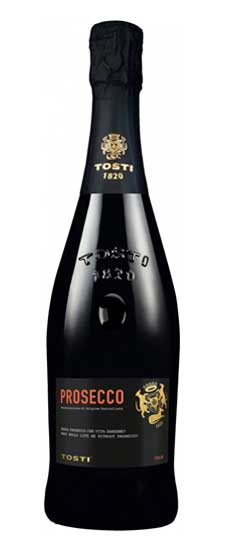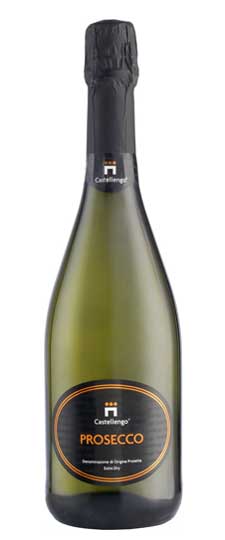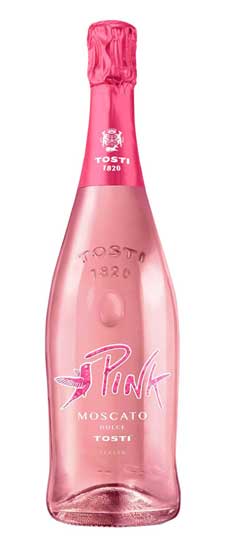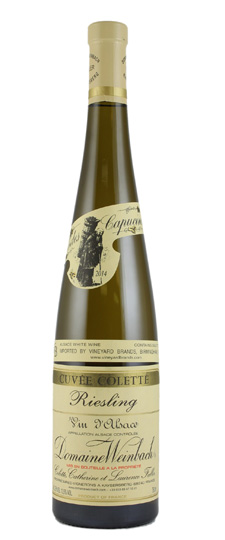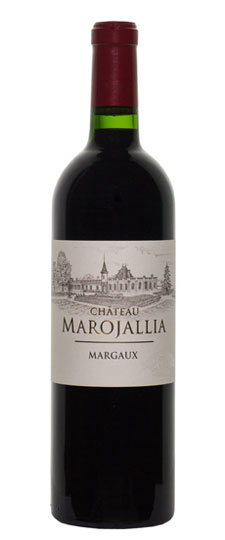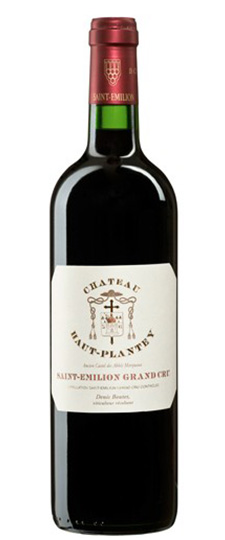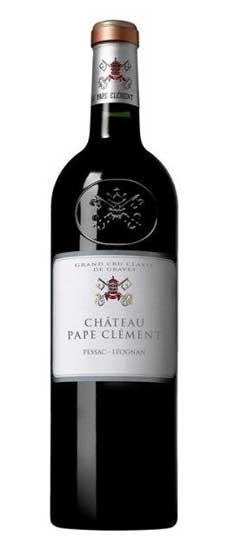Wine Score

The Moscato, Muscat in France or Moscadel in Spain and Portugal, is an aromatic grape found in almost all the Italian peninsula and it is one of the most cultivated grapes in the world and Italy produces more Moscato than any other country, mainly as Moscato d’Asti, made from Moscato Bianco and it has many synonyms and appellations, the main ones are Moscadello di Montalcino, Moscato di Canelli, Moscato di Trani, Moscato d’Asti.
The Moscato belongs to the Moscati family of grapes, aromatic varieties whose name derives from “muscum”, moss in latin, whose characteristic aroma is found in the grapes . Other branches of the family worth mentioning are Moscato di Alessandria, known for its light and fruity white wines. Moscato Ottonel is pale and ripens early, while the Moscato d’Amburgo is a black grape variety and is often used as a table grape. Finally, the Moscato Giallo and Moscato Rosa (yellow and pink) both from northern Italy, are used to make a range of sweet and dry wines. As a general rule, Moscato prefers warm climates and prospers in the Mediterranean climate.
Moscato has a distinctive aroma, but its versatility makes it an attractive option for winemakers. Moscato wines can be dry, medium, sweet, sparkling or even dessert wine.
Region
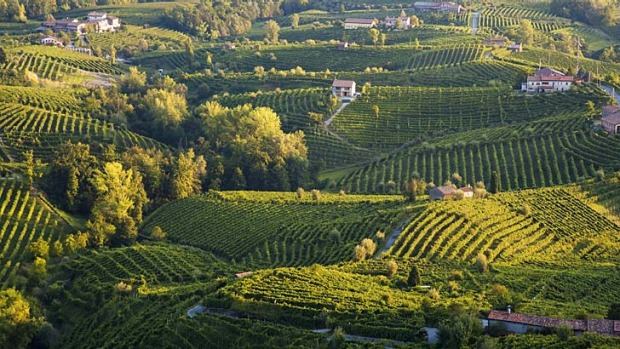
Prosecco is a sparkling wine from north-eastern Italy, specifically the Veneto and Friuli-Venezia Giulia wine regions. It is also the informal name for the grape variety used to make these wines, which is now known officially as Glera. Until 2020 the designation applied only to white wine, but Prosecco Rosé was introduced in 2020.
Italian Prosecco was once a broad category of sweet fizz, bearing a strong resemblance to the low-quality Asti (then called Asti Spumante). It was seen to some degree as poor man’s champagne. It was used by wine educators to demonstrate the quality difference between sparkling wines made in the methode traditionelle and those made by the Charmat method.
But as production and viticultural techniques improved, so did the wines. The bubbles began to get finer and more persistent, and the flavors and aromas developed a subtle complexity. The excessive sugar additions once used to cover up winemaking defects lessened. Now Prosecco has become more than just a component of Bellini cocktails.

